This breed of dog, also fondly called as APBT, is recognized for its loyalty and intelligence.
The dogs with this breed make superb companions since they're very aggressive because of their protective nature. How, then, are they various from the Staffies? For the UKC or the United Kennel Club, Staffies and APBT are from the exact same breed but numerous disapprove of this suggestion. For instance, if the American Kennel Club has an National Staffordshire terrier, it will be registered as an American pit bull terrier by the United Kennel Club. In addition, many breeders noted that their lineages have been separate to get a lengthy time already for these dogs to become still regarded as getting the same variety. Meanwhile, the National Kennel Club does not register a UKC-listed American pit as an American Staffie.
In order to obtain dual-registry, the canine should initially be recorded as an AKC National Staffie before it can be detailed using the UKC as an American pit bull, and not the other way close to. The following are a few of the fundamental facts breeders would truly love to know about APTBs:
Category: Terrier
Living Surroundings: either outdoor or indoor
Coat: smooth, shiny, thick, and short
Colors: color varies
Height: between 18 and 22 inches
Weight: between 30 and 60 pounds
Temperament: courageous, complete of power, and loyal; should be socialized early on with other animals particularly with kids
Health Issues: heart murmurs and mange
Care and Physical exercise:
?Bathe when necessary.
?Brush their coat only occasionally utilizing a brush with firm bristles.
?Rub down their coat having a towel or a chamois to remove hairs that are loose.
?Their physique demands a regular physical exercise routine which includes a every day play time and/or running along a bicycle while on a leash.
?They ought to be on leash whilst walking in public locations.
Origin/History:
The ancestors of APBT came to the US within the mid-1800s with some Irish-Boston immigrants.
Like the Staffie, they were originally bred from bulldogs and terriers. Since APBT is a forerunner to the Staffie, it was also molded to become a fighting dog. However, the Americans made their range some pounds heavier and trained them to possess a more powerful head. Bull baiting and dog baiting were prohibited in England so bull terriers had been no longer bred for bouts. It is in America where the pit bull also gained its popularity for many uses and reasons like:
1. It was used to embody the country in 1 WW1 artwork.
2. Well-known companies such as the Buster Brown Shoe Organization and even RCA used the breed as mascots.
three. Petie, a pitbull, was 1 of the stars in, "Our Gang", a well sought children's Tv sequence.
4. A mix breed called Stubby was transformed into a well-liked and decorated WW1 hero.
5. Pits became great companies of pioneer families on their journeys.
6. Jack, a working pit bulldog was owned by Laura Wilder of lines of books known as "Little House".
7. Popular people like Helen Keller and US President Theodore Roosevelt owned the variety.
Right here is some history about the cause of dilemma regarding the registries of APBTs. In 1898, the United Kennel Club or UKC was structured to supply battling guidelines and registration for APBT as fighting k9s. Later, there were breeders who shun away from canine fighting so they asked the AKC to recognize their pits so they will be fit for performance events like dog shows. In 1935, the AKC approved of their petitions but the dogs were registered as Staffordshire Terriers, naming them right after the little province in England that the breed was recognized to have originated from. Thus, numerous breeders have k9s which have dual-registry. It is interesting to note that Petie, which was one from the stars within the, "Our Gang" Television series was the very first breed that was dual-registered to be Staffordshire Terrier/Pit Bull. Nevertheless, the UKC later started registering other performing-type varieties and they also started holding dog exhibits comparable to tho!
se of the American Kennel Club. The AKC soon sealed its studbooks to APBTs.
They allocated registration to those pit breeds with lineages that are detailed as Staffies. For a little time throughout the 1970s, the AKC disclosed the American pits to their studbooks. In 1973, the National KC decided to add the word "American" with the pit's name to discriminate it from a Staffie. At present, those dogs with mixed APTB-StaffIe parents are recognized by UKC and even the National Dog Breeders' Association as "American pits or National pit bull terriers". Nowadays, the pit has employed as search and rescuers, police/armed service dogs, livestock workers, and even as therapy animals simply because they are good as companions and functioning k9s. Moreover, the variety can even compete in dog sports for example herding, obedience, and conformation, French Ring, and Schutzhund. Breeds of this type could be very loving as pets for everyone. The physical demands and harshness of various activities developed a wholesome, strong, and stable animal. If you want to !
have an APBT being a pet, be certain how the puppy is handled well and correctly socialized. A solid and great training will surely produce an obedient, tranquil, and good companion or even a functioning canine!
Take care of her and make sure to check for http://scabiesindogs.com/ and train your pet having a http://www.widepetgate.com/.

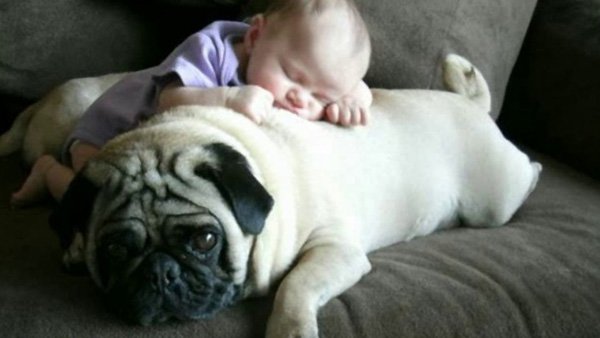 Why Organic Foods are Good for Health of Dogs?
Why Organic Foods are Good for Health of Dogs?
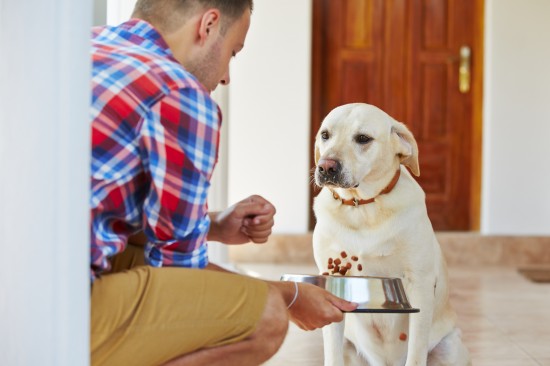 10 Tips To Entice Discerning Dogs To Eat
10 Tips To Entice Discerning Dogs To Eat
 5 Veterinary Schemes And Discounts That Can Save You Money On Your Pet’s Healthcare
5 Veterinary Schemes And Discounts That Can Save You Money On Your Pet’s Healthcare
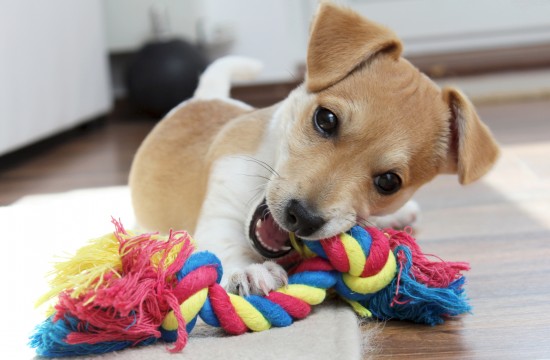 Dealing With A Puppy That Destroys All Of Their Toys
Dealing With A Puppy That Destroys All Of Their Toys
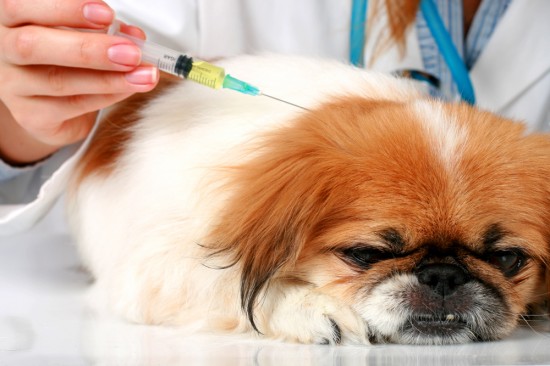 Type 1 Diabetes In Dogs - Hope For A Cure
Type 1 Diabetes In Dogs - Hope For A Cure
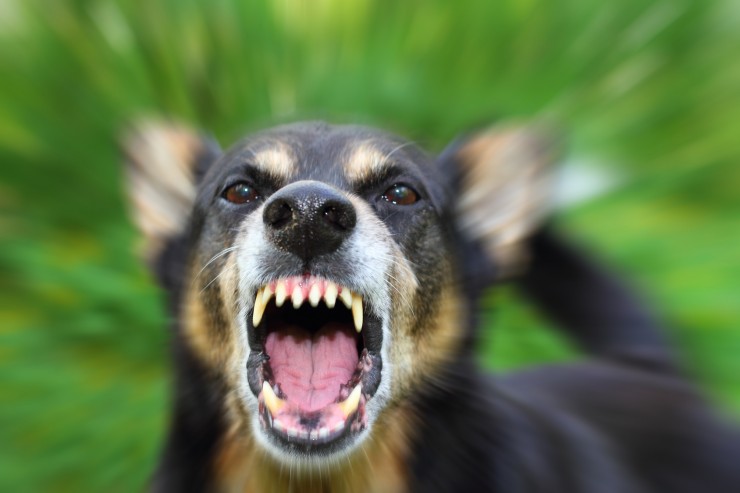 Five Myths About Canine Aggression, Busted
Five Myths About Canine Aggression, Busted
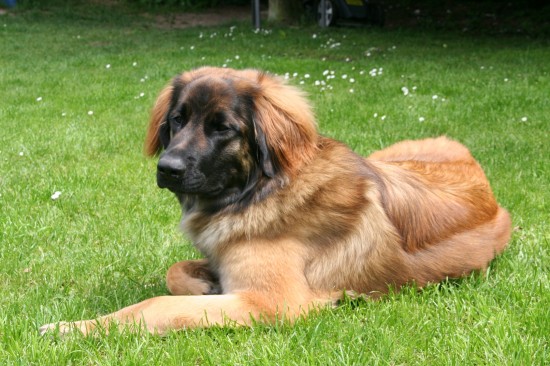 Can You Prevent An Unspayed Female Dog From Coming Into Season?
Can You Prevent A
Can You Prevent An Unspayed Female Dog From Coming Into Season?
Can You Prevent A
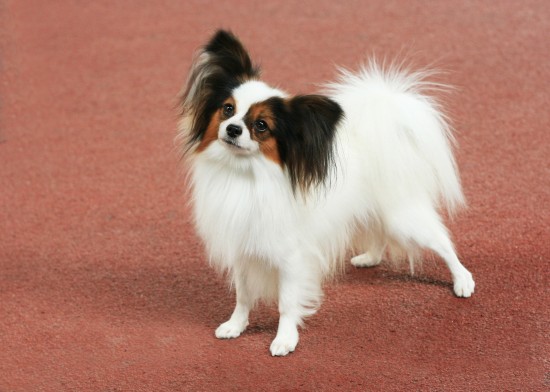 Is The Papillon A Good Choice Of Dog?
Is The Papillon A
Is The Papillon A Good Choice Of Dog?
Is The Papillon A
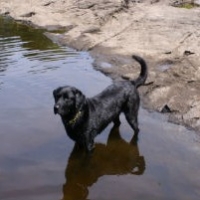 Arthritis In Overweight Dogs
As a boisterous, energetic young dog, my Labrador would
Arthritis In Overweight Dogs
As a boisterous, energetic young dog, my Labrador would
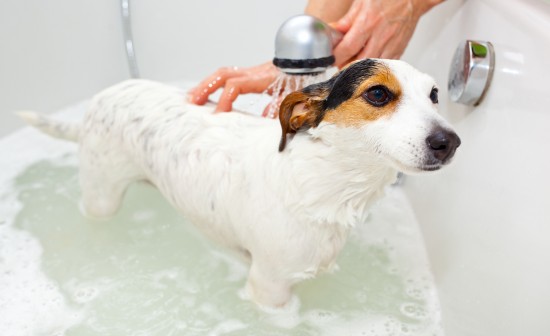 5 Dog Grooming Myths Demystified
5 Dog Grooming My
5 Dog Grooming Myths Demystified
5 Dog Grooming My
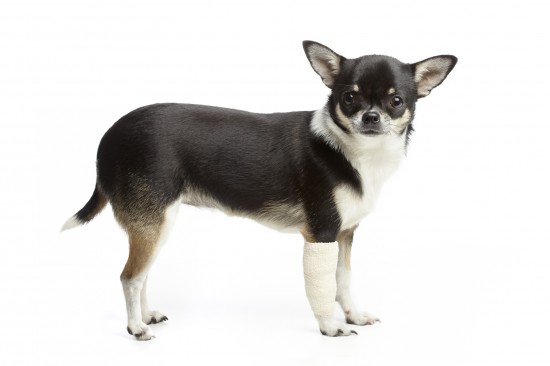 Total Elbow Replacement In Dogs
Total Elbow Repla
Total Elbow Replacement In Dogs
Total Elbow Repla